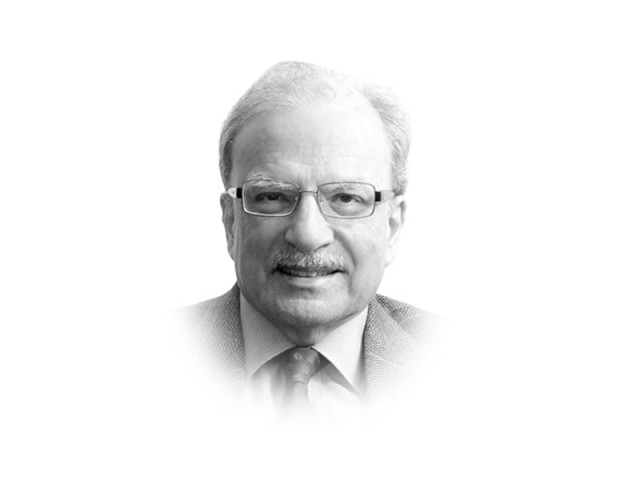Punjab’s profile of regional backwardness
The districts in the centre have gained while those in the south have lost.

How large are the regional differences in Punjab in terms of social and economic development, how have they come about and what could be done to narrow them are some of the subjects covered in what the Institute of Public Policy (IPP) called the “Punjab story” in its recently released report for 2012. The report focuses on regional disparities since “there has been talk of about creating a new province (Seraiki, Bahawalpur) within Punjab“.
Drilling down the analysis of the forces responsible for economic development and social change to the district level provides several important insights. While reading the situation at one particular point in time is useful, what would be even more rewarding is to view the change that has occurred over time. This can be done if the administrative units that are the focus of analysis do not change. This has not happened in the case of Punjab. The number of districts in the province has increased from 19 in the late 1960s to 35 half a century later. One of the major contributions made by the IPP is the reconstruction of past data so that comparisons can be made with the situation at the present.
In order to understand the geographic profile of regional backwardness, the IPP used a variety of indicators to rank the provinces 35 districts according to their level of development. In all, 13 indicators were used in three categories: income and wealth (example: cash value of major crops per capita, value added in manufacturing per head of the population), social development (examples: literacy rate, hospital beds per 1,000 people) and economic infrastructure (example: proportion of households with electricity). A composite development index, ranging from one at the top and zero at the bottom, was constructed. Not surprisingly, Lahore is at the top of the districts with a reading of 0.712 and Rajanpur with a reading of 0.102 is at the bottom. The ratio between the top and the bottom is close to seven suggesting a very wide development disparity. Eight districts with scores of more than 0.525 were classified as developed; 15 were put in the intermediate range and 12 were in the least developed category. In addition to Lahore, Sheikhupura, Rawalpindi, Hafizbad and Sialkot were among the five most developed districts; among the least developed five were Lodharan, Muzaffargarh, Bahawalpur, D.G.Khan and Rajanpur in descending order.
Aggregating the data to the divisional level brings into stark relief the regional disparities in the level of development. There are now nine divisions in Punjab (there were only three in the late 1960s). Among them, Lahore is the most developed largely because of better infrastructure and services. Rawalpindi, Gujranwala and Faisalabad come next. Sargodah and Sahiwal are in the centre of the scale with Multan, Bahawalpur and DG Khan making the bottom of the scale.
One thing is clear from this grading: the southern part of the province is much less developed than the parts in the centre and north of the province. However, there are pockets of poverty in the north and centre and relative prosperity in the southern parts. Relatively poor Attock and Narowal districts are located in the more developed parts of the province while the relatively better-off Multan is surrounded by the province’s poor districts. About a third of the provincial population was in each of these three categories.
There has been a significant movement in the relative positions of the districts over time in relation to their relative position on the scale of development. The districts in the centre have gained while those in the south have lost.
Published in The Express Tribune, May 21st, 2012.
















COMMENTS
Comments are moderated and generally will be posted if they are on-topic and not abusive.
For more information, please see our Comments FAQ